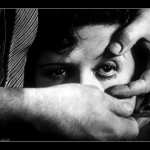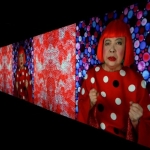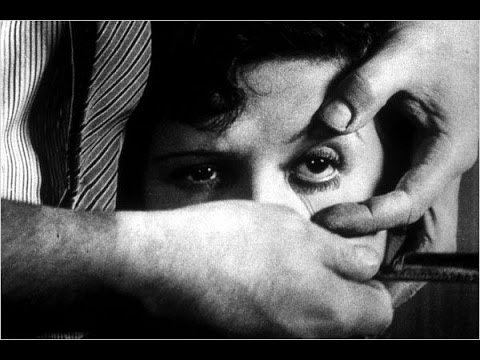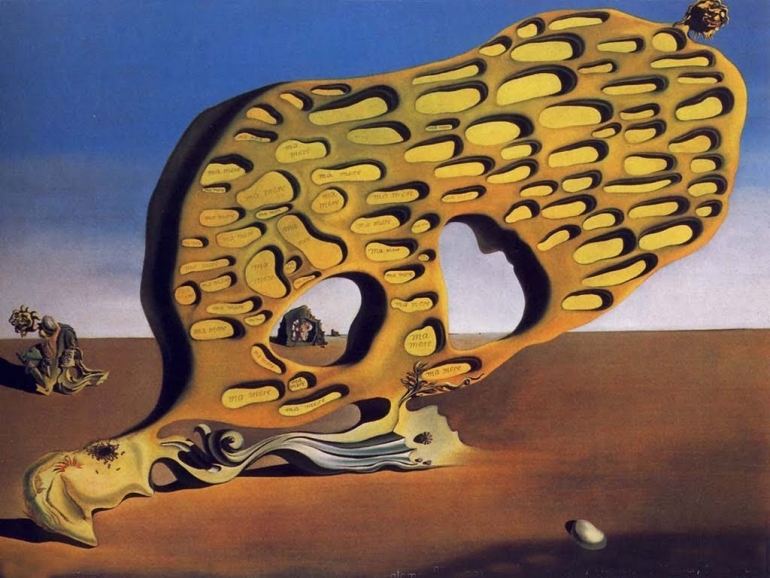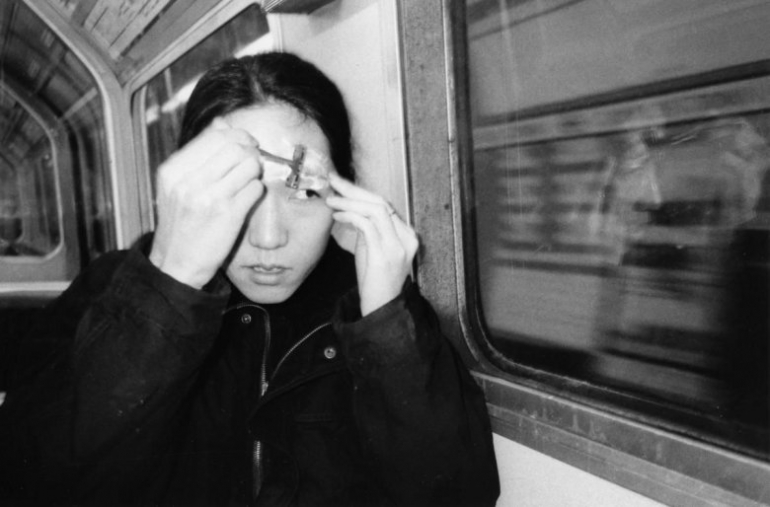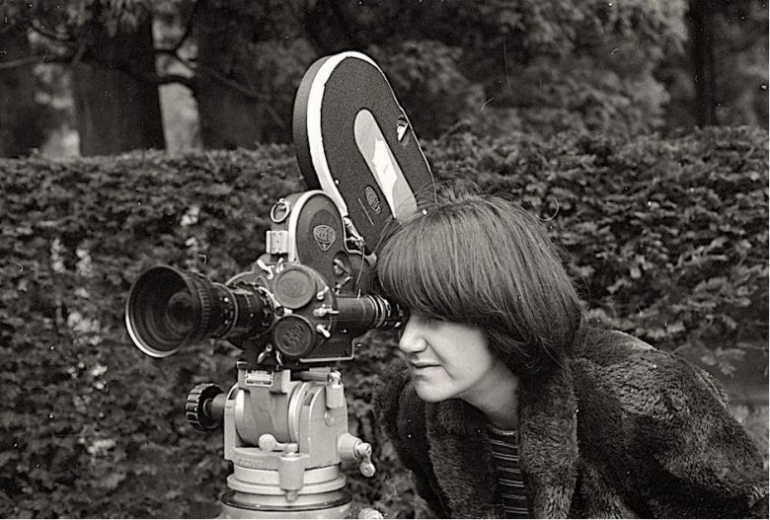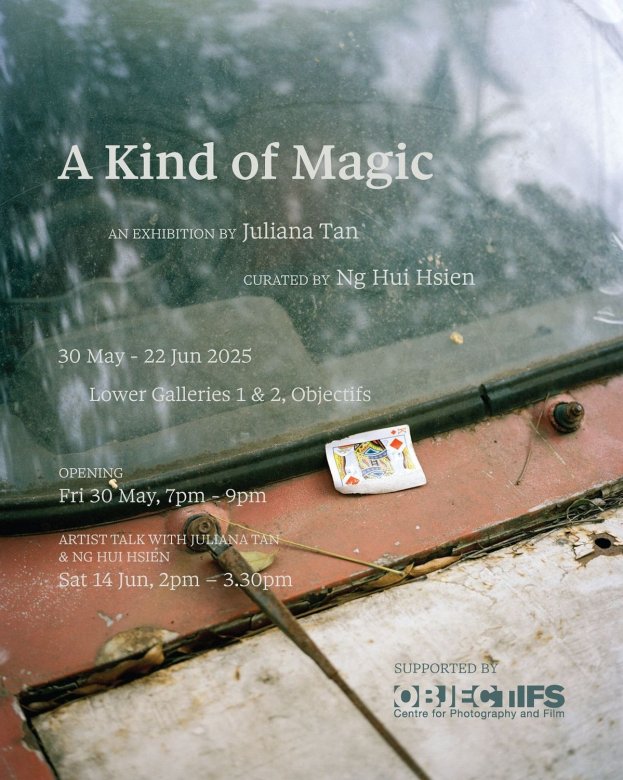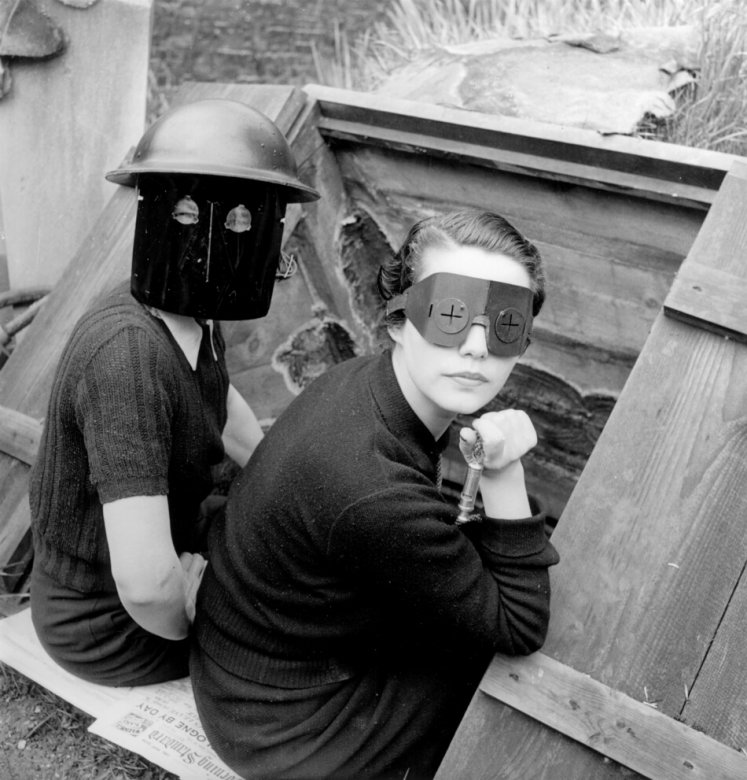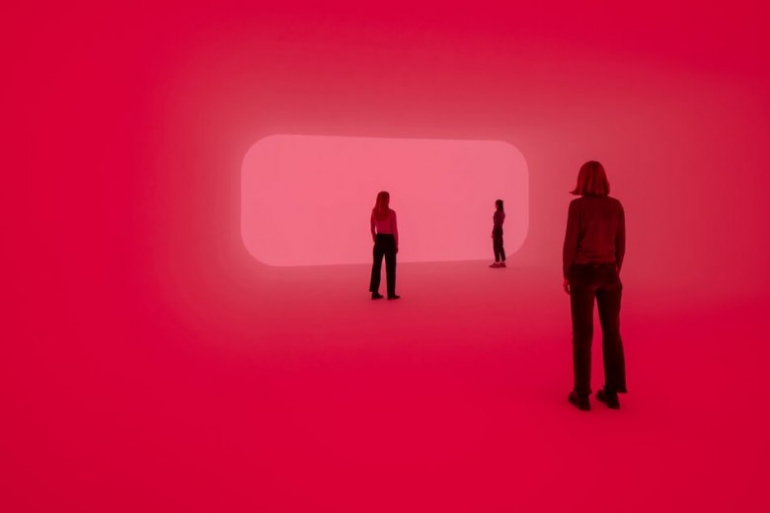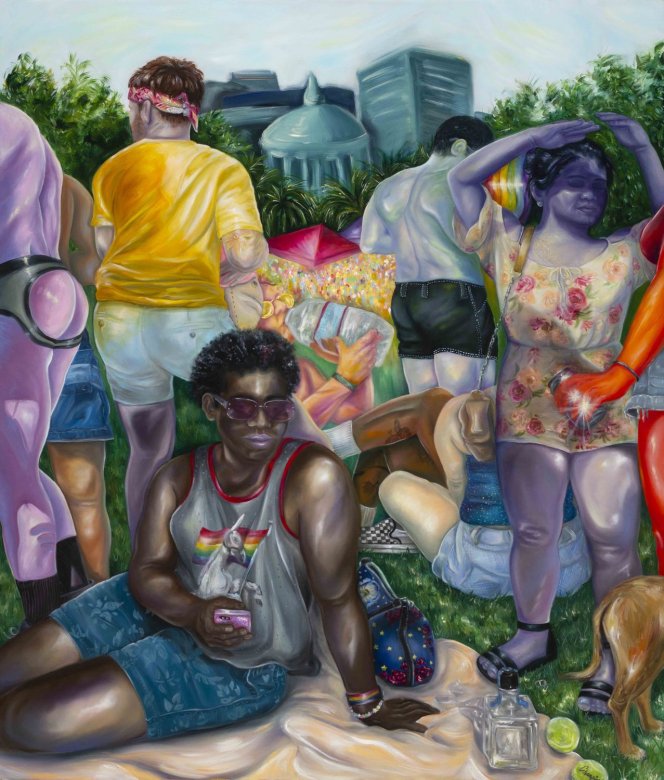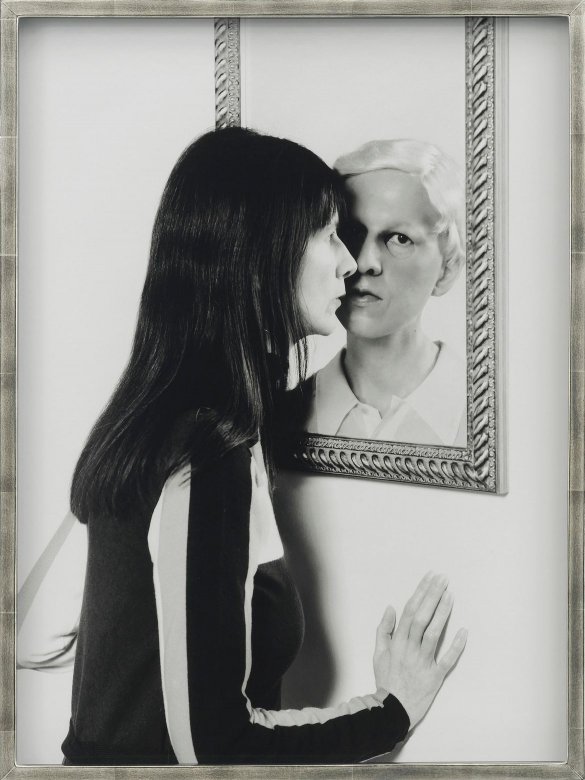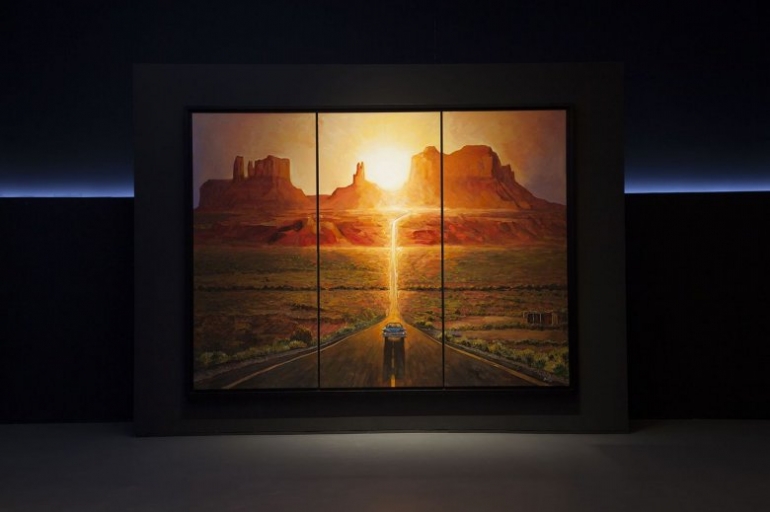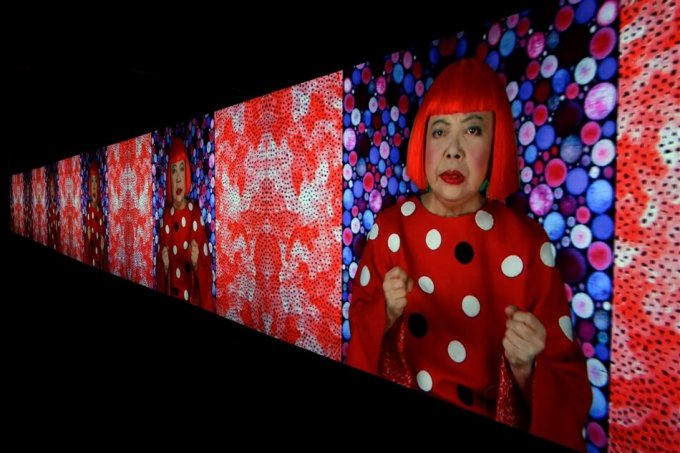Desire to surrealism
When it comes to surrealism, it’s easy to associate it with an image that is completely different and distant from reality. However, this image that had existed only within our imaginations has been created directly and realistically with graphics due to recent technological development. Surrealism is an etymology that had actually been introduced about 100 years ago. Of course, when looking at it from a semantic approach, surrealism can be found in literary history, but the first time it was publicly mentioned was in 1917 by the poet Guillame Apollinaire. From an etymological perspective, surrealism(超現實主義) is a fantasy world that consists of a daydream that surpasses reason. This commonly refers to a new world that isn’t controlled by reason and is different from reality. That is, surrealism can be based on reality, but it may also be defined as an abstract, irrational, and unethical world that is completely new and a far cry from the traditional order.
As mentioned before, surrealist art can be found in literary history, Stone Age caves, or Egyptian wall paintings, but it became popularized as an etymology during the beginning of the 20th century during the Industrial Revolution. This was a perfect time to introduce surrealism to people, as images and videos became more advanced and the public’s imagination became much more direct and intuitive compared to the past. Salvador Dali was the quintessential example of exposing people to a completely new world that challenged preconceived notions and beliefs. While there existed a background of surrealism in psychology, his style, realistically and abstractly internalized, was a representative example of surrealistic expression that became well-known to the public.
Interestingly, Dali was also interested in moving images. The movie ‘An Andalusian Dog,’ along with the German movie ‘The Cabinet of Dr. Caligar,’ was representative of expressionism and greatly influenced future avant garde movies and experimental films. At this time (1920s), many surrealist artists, including Salvador Dali, were very active. As the movie industry visualized surrealism, the famous surrealist artists we know, including Dali, Jean Cocteau, and André Breton, saw film as a medium to expand their expression. [The fact that the influence of Freud’s psychoanalysis had spread among the surrealist movement has been omitted.]
‘An Adalusian dog’ is a short film that Spanish master movie director Luis Buñuel co-wrote with Dali and directed as his debut film. At the time, the movie overthrew the beauty myth and declared war on the existing religious and social order. Like Dali’s artwork, the movie is realistically detailed, but if you look at it overall, it is abstract. For example, the realistically cruel depictions of scenes and the probability, or lack of probability of each scene, delivers discomfort to the audience and succeeds in alienating them. This means that the work’s meaning has to be understood only through the association of images. The movie also frequently expounds on abnormal or morbid psychological processes, causing disturbing feelings. However, even though these kinds of images may generally trigger antipathy, Dali’s artwork and the movie actually reflect the public’s anxiety, depression, and feelings of emptiness. In addition, this kind of uncomfortable feeling may be necessary for us to reflect on ourselves, and it may be a hidden truth of our consciousness that connects reality with peculiarity. You can see the movie by clicking on the link above.
All images/words © the artist(s) and organization(s)
☆Donation: https://www.paypal.com/paypalme2/artlecture


